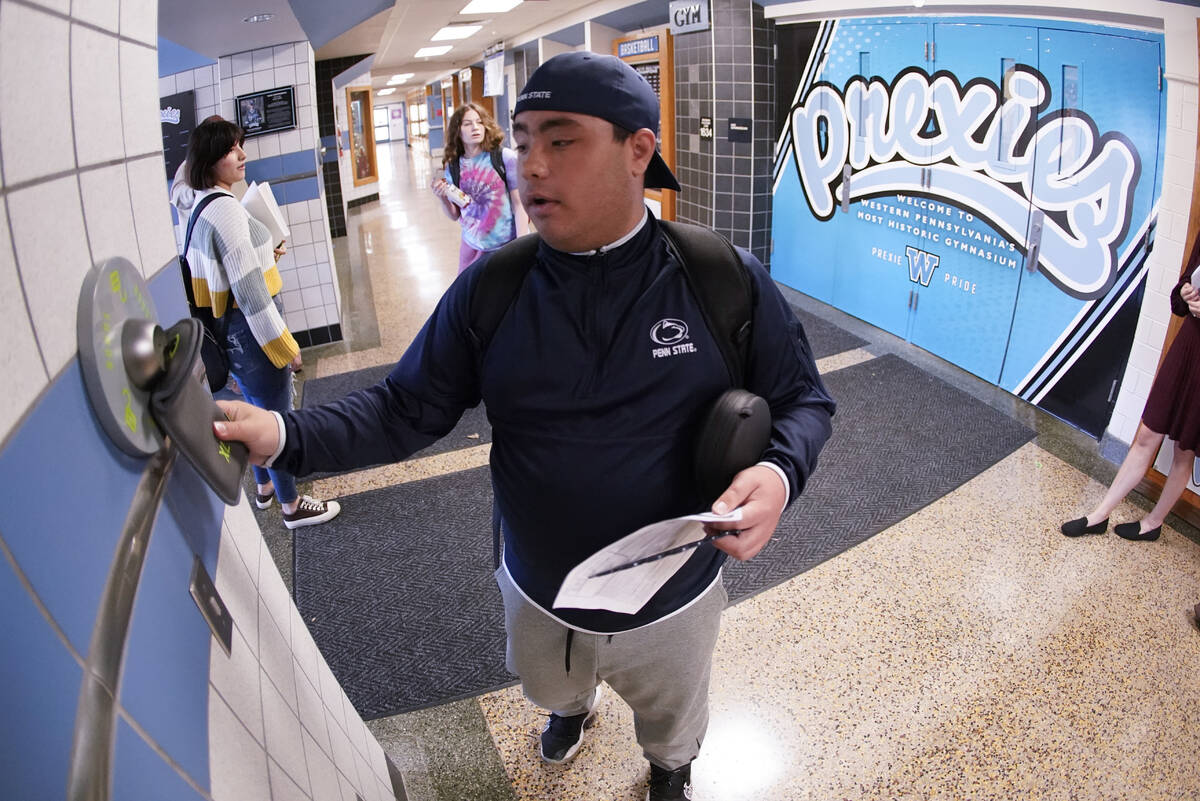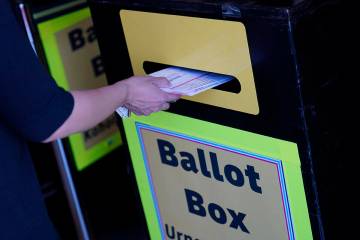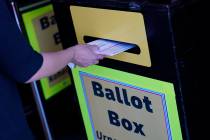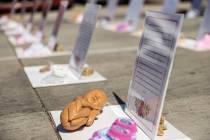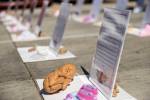VICTOR JOECKS: Ban cell phones from schools
If you want to help students learn, take away their cellphones.
On Wednesday, the Nation’s Report Card released results from long-term trend reading and math assessments. Both tests saw a dramatic decrease in scores. In reading, students dropped to a level not seen since 1975. In math, it was 1990.
These losses weren’t shared equally. In reading, those in the 90th percentile lost three points in reading and seven points in math. For students in the 10th percentile, the loss was seven and 15 points respectively. That’s more than double.
The numbers are a helpful reference point to compare performance over time, but they don’t tell you what students know or don’t know. After this learning loss, students at the 50th percentile can’t “analyze and integrate less familiar material about topics they study at school.” In math, they have “an initial understanding of the four basic operations.” But they’re unlikely to be able to work with decimals or fractions and find averages.
Remember, those are students in the middle. Thirteen-year-old students at the bottom can barely locate facts from simple paragraphs and subtract two-digit numbers. Functionally, they’re where second graders should be.
Tragically, this was a completely predictable outcome from closing schools down during the pandemic. Distance learning, especially for the worst-performing students, was a tragic joke.
But while school closures made things much worse, scores also fell between 2012 and 2020. Over that span, reading scores dropped by three points. Math went down five points. That reversed what had generally been steady performance in reading and increases in math over four decades.
This isn’t the only problem teens have seen increase since 2012. Their depressive symptoms have also skyrocketed. Research from author Jean Twenge shows just under half of U.S. teens say they don’t enjoy life. In 2012, the number was less than 25 percent. Those saying “my life is not useful” and “I can’t do anything right” also increased dramatically. Just like with learning loss, the pandemic exacerbated an existing trend.
It’s unlikely teens are upset over poor grades. But there is an obvious connection — smartphones. The iPhone came out in 2007. Instagram launched in 2010. Most teens now have instant and continuous access to social media, texting and games. That experiment hasn’t gone well.
This is why Superintendent Jesus Jara and the School Board should ban cellphones from schools. Don’t make teachers compete with social media companies that have designed addictive products. Don’t make students worry their missteps will end up as social media fodder. Don’t allow bullies to get social media clout starting fights.
Institute a zero policy for cell phones. If a student brings one to school, give it back at the end of the day. If he or she does it again, take it away for the rest of the year. On Thursday, Jara said he knows cellphones are a “big distractor.” Principals, he said, want a way to limit access to cellphones. The district is working on purchasing Faraday bags that block cell signals.
That’s a good start, but more is needed. Get cellphones out of schools entirely.
Victor Joecks’ column appears in the Opinion section each Sunday, Wednesday and Friday. Contact him at vjoecks@reviewjournal.com or 702-383-4698. Follow @victorjoecks on Twitter.



